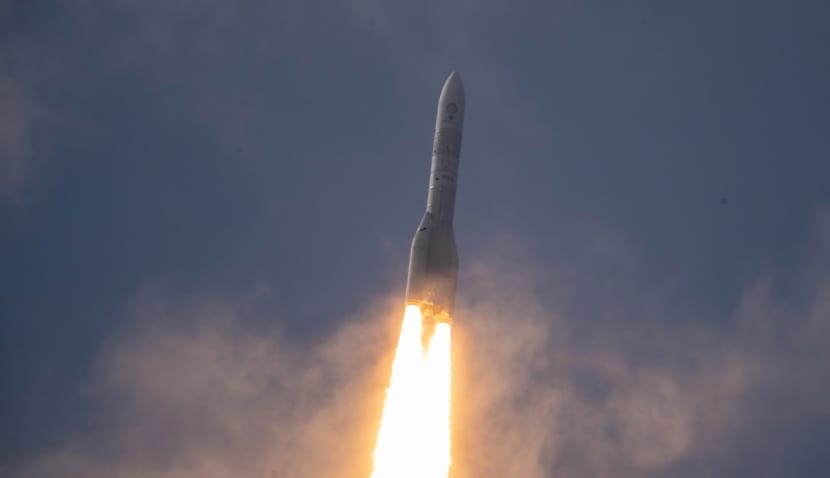Lifting off at 6:02pm local time (22:02 CET), the satellite separated from the launcher 34 minutes later, with mission control confirming contact at 11:22pm CET – the crucial “acquisition of signal” confirming a healthy spacecraft in orbit.
Sentinel-1D joins its twin, Sentinel-1C, to deliver high-resolution radar imagery of Earth’s surface day and night, in all weather. The mission underpins disaster response, maritime safety, environmental monitoring and climate research, providing critical data to governments, scientists and emergency agencies worldwide.
“This launch aboard Ariane 6 completes the Copernicus Sentinel-1 mission and ensures continuity for the EU’s Space Programme,” said Simonetta Cheli, director of Earth Observation Programmes at the European Space Agency (ESA). “Reliable radar data on ice sheets, forests and ground movement are vital to addressing global environmental challenges.”
Cheli paid tribute to ESA’s teams and partners, including Thales Alenia Space, Airbus Defence and Space, and the European Commission for their collaboration.
Ramon Torres, ESA’s Sentinel-1 project manager, said the milestone capped years of effort to maintain one of Europe’s most important observation programs. “Sentinel-1 continues to deliver world-class radar imagery, answering key scientific and environmental questions,” he said. “As long as we have SARs, we’ve got a chance.”
Sentinel-1D will replace the veteran Sentinel-1A, in service for more than 11 years. Working in tandem, Sentinel-1C and 1D will orbit opposite sides of the globe, providing continuous global coverage. Each satellite carries a C-band synthetic aperture radar (SAR) and an automatic identification system, improving the detection and tracking of vessels across the world’s oceans.
The Sentinel-1 mission, first launched in 2014, has transformed how scientists monitor the planet – from tracking land subsidence and glacial shifts to mapping forest change – offering an unbroken radar record that now spans more than a decade.

